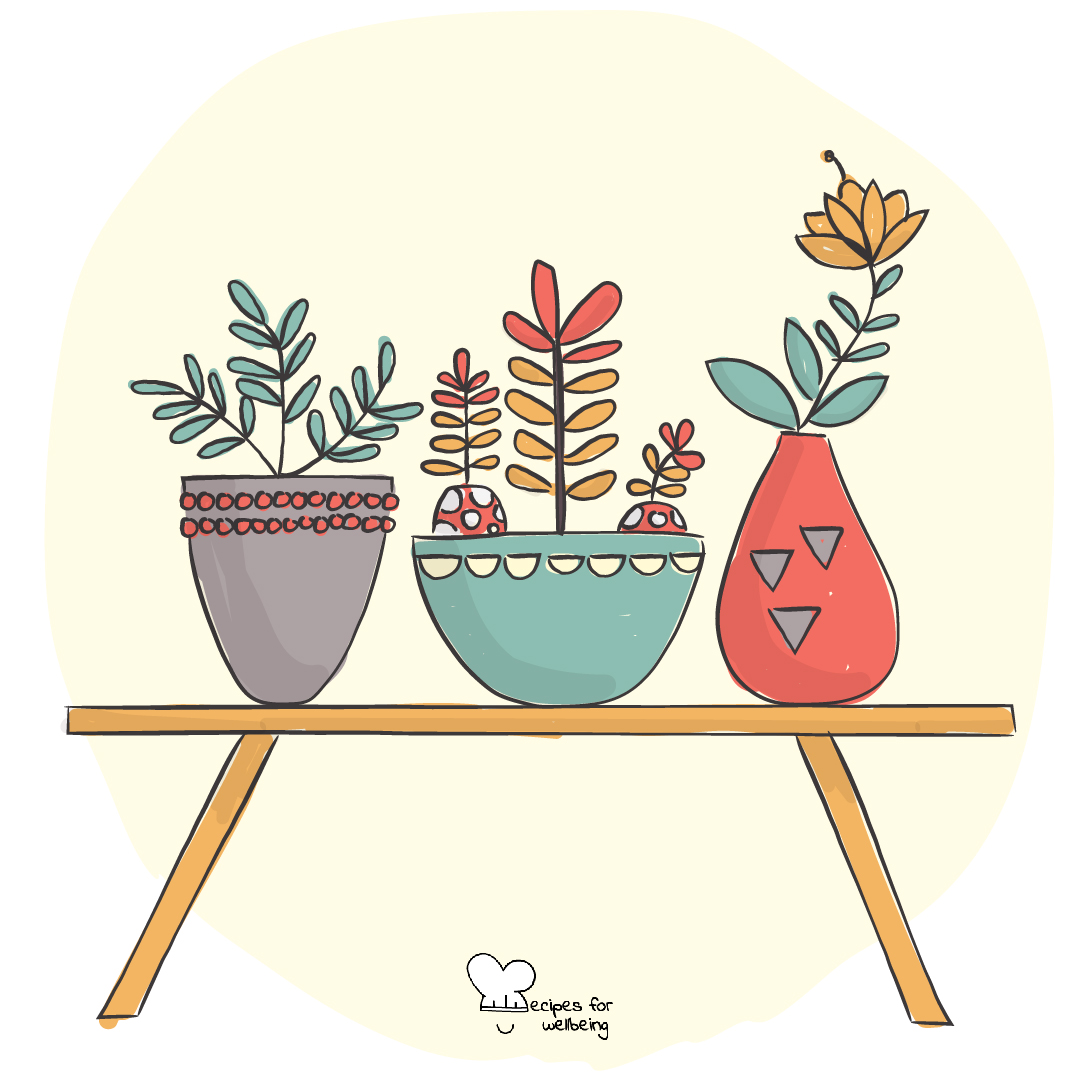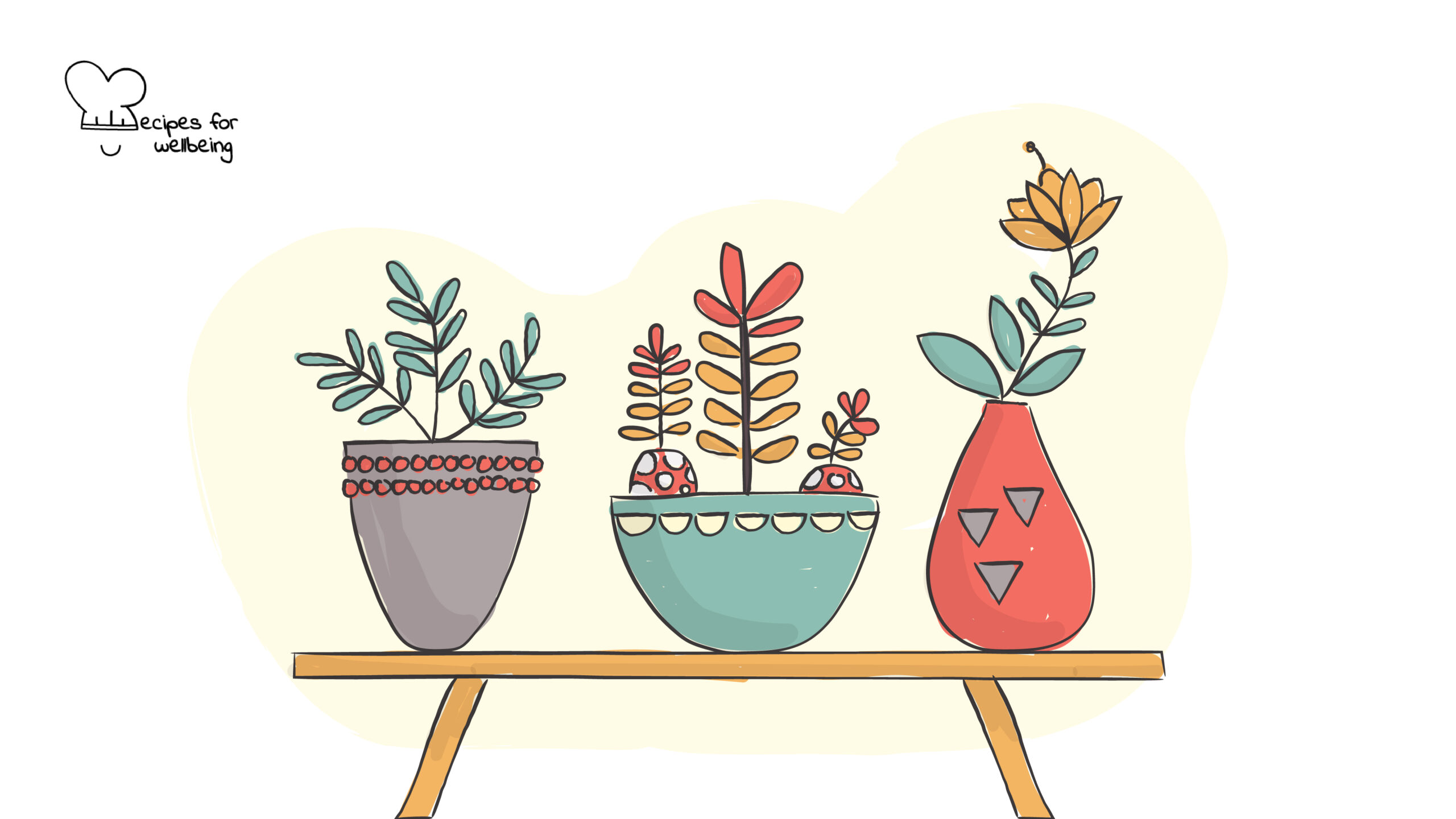
3 good things
Once you replace negative thoughts with positive ones, you’ll start having positive results. ―Willie Nelson
 Serves: 1 person
Serves: 1 person
 Difficulty: Medium
Difficulty: Medium
 Total time: 1-10 minutes
Total time: 1-10 minutes
 Ingredients: 1 notebook (or sheet of paper – alternatively, you can download an app such as Gratitude365), 1 pen
Ingredients: 1 notebook (or sheet of paper – alternatively, you can download an app such as Gratitude365), 1 pen
 Wholebeing Domains: Positive Emotion, Ritualising
Wholebeing Domains: Positive Emotion, Ritualising
 Wholebeing Skills: Abundance, Contentment, Gratitude, Journaling, Joy, Optimism, Refuge, Ritualising
Wholebeing Skills: Abundance, Contentment, Gratitude, Journaling, Joy, Optimism, Refuge, Ritualising

3 good things
 Description
Description
Savouring in the goodness to rewire our brain for happiness.
You wake up to the sound of road work outside your house. You spill your coffee on your clean clothes while having breakfast. You get stuck in traffic and are late for your meeting. By the time you reach your office, you are nervous and grumpy. You are having a bad day and are making everyone else around you feel bad too.
It is all-too-common to get caught up in the things that go wrong in our day-to-day lives. At the same time, we tend to take for granted the good things and people in our lives. As a result, we cling onto the negative experiences and overlook everyday beauty and goodness. So we miss opportunities to cultivate happiness and connection.
The following practice is a more comprehensive version of our gratitude journal recipe. It is built on the work of Jeffrey Huffman, M.D., Harvard Medical School, Massachusetts General Hospital and Sonja Luybomirsky, Ph.D., University of California, Riverside, and it can be accessed at the Greater Good Science Center website: https://ggia.berkeley.edu/practice/three-good-things.
Why you should try it: “By remembering and listing three positive things that have happened in your day—and considering what caused them—you tune into the sources of goodness in your life. It’s a habit that can change the emotional tone of your life, replacing feelings of disappointment or entitlement with those of gratitude—which may be why this practice is associated with significant increases in happiness.”
Why it works: “By giving you the space to focus on the positive, this practice teaches you to notice, remember, and savour the better things in life. It may prompt you to pay closer attention to positive events down the road and engage in them more fully – both in the moment and later on, when you can reminisce and share these experiences with others. Reflecting on the cause of the event may help attune you to the deeper sources of goodness in your life, fostering a mindset of gratitude.”
•••
This recipe has been featured in our blog post “Taking in the good” published on tbd* on 14 October 2020.
 Steps
Steps
Step 1 – Write down three good things (10’)
Each day, write down three things that went well for you that day, and provide an explanation for why they went well. Follow these guidelines:
- Give the event a title
- Write down exactly what happened in as much detail as possible, including what you did or said and, if others were involved, what they did or said.
- Include how this event made you feel at the time and how this event made you feel later (including now, as you remember it).
- Explain what you think caused this event—why it came to pass.
- Use whatever writing style you please, and do not worry about perfect grammar and spelling. Use as much detail as you’d like.
- If you find yourself focusing on negative feelings, refocus your mind on the good event and the positive feelings that came with it. This can take effort but gets easier with practice and can make a real difference in how you feel.


 Arabic
Arabic Chinese (Simplified)
Chinese (Simplified) Dutch
Dutch English
English French
French German
German Italian
Italian Portuguese
Portuguese Russian
Russian Spanish
Spanish